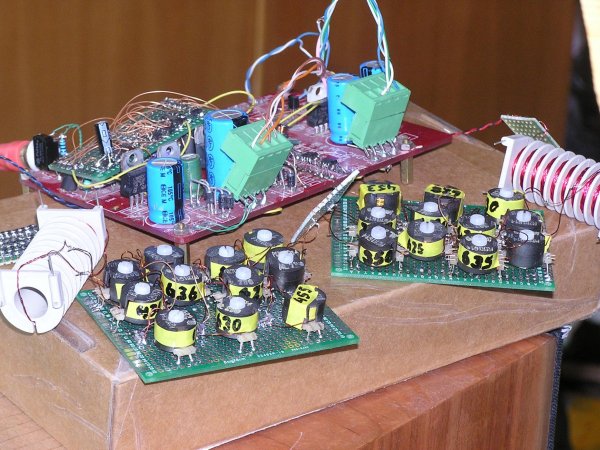They do but they're disappearing rapidly. From TI, the only audio conventional (multibit) one left in production is the PCM1704 and I don't think that one is staying primarily because of demand in audio. ADI used to have AD1865 up until a few months ago, that's gone obsolete now. ADI recommend a D-S part as replacement for this.
When I was referring to the older designs I meant multibit ones, not DS. Both Sabre (ESS) and Wolfson only make DS, as does Cirrus. When they were Crystal though, and this is going back to the 80s, Cirrus made some really nice multibit ADCs. I still have a couple of their 1MHz, 12bit parts in my box which I'm tempted to press into audio duty together with some DSP

The multibit SDs don't have R2R architecture so that's one big way they have lower glitch. They glitch in rather different ways in that they're pure CMOS so are crowbarring the supply on every clock edge - the glitches are on the power supply when then feeds through to the output.
I'm not one of those who likes the sound of LP - I don't have any, sold off years ago. When CD came out I didn't notice the noise modulation imperfections I notice now, but I did love the improvement it gave me on piano over LP. I found LP just couldn't do the dynamics of piano well enough. LP lovers bear in mind my TT wasn't an expensive one (Rega Planar 3). The best piano LP I ever owned in terms of SQ was a Nimbus direct-to-disk of Bernard Roberts playing the Diabelli Variations, however my TT/arm/cartridge could not track this without gross distortion. So I really appreciated CD's freedom from hash on piano.
My take is that vinyl lovers love it for its significantly lower noise modulation than digital. For which we still do not have standardized measurements. But absence of measurements is no indication than an effect doesn't exist



